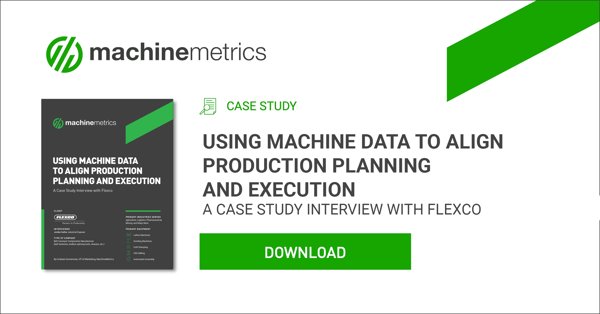The Aerospace and defense industry is spinning a lot of plates right now, which has been acknowledged by the wider manufacturing world. Speakers at the FABTECH 2018 summit highlighted the challenges facing manufacturers in today’s changing environment. One observation that was repeatedly raised was the disruption of supply chains bringing steel and aluminum into the United States due to tariffs. Across the globe the situation is similar; changing political alliances, tariffs, and a pandemic that continues to disrupt traditional supply chain systems.
Breaks in the global supply chain adversely affect the productivity of aerospace and defense OEMs, but that isn’t the only challenge facing these industries. Other issues include the need to provide more value-based services to demanding customers and manufacturing according to government regulations.
4 Challenges Aerospace and Defense OEMs Face
1. Developing a Sustainable Supply Chain
The requests for metal parts by OEMs and Tier-1 suppliers have been met with delays from local shops that don’t have the capacity to meet increasing demand. Therefore, aerospace and defense OEMs must search for alternative suppliers and routes to meet customer demand.
The time it takes for materials to get to specific warehousing facilities or the shop floor determines how quickly orders can be fulfilled. An inadequate internal supply chain management strategy within the shop floor can also lead to delays and downtime. Today, the ongoing digital transformation provides the tools needed to capture supply chain data while IoT platforms have the computing resources needed to receive insight from supply chain data.
2. Government Regulations and Environmentally-friendly Policies
The need for controlled emission rates during manufacturing processes and the demand for more efficient engines and propulsion equipment are factors that must be considered when manufacturing equipment for the aerospace and defense industry. It’s imperative that aerospace and defense OEMs design innovative equipment that supports the drive to reduce emission rates from the factory floor and the engines used within the industry.
To develop sustainable operational strategies and to improve the efficiency of manufacturing equipment on the shop floor, there needs to be an understanding of how operators use this machinery. This is where IIoT solutions and their ability to track machine utilization, throughput, and emission rates come into play. The captured data and insight from monitoring deployed equipment will then provide the information needed to develop equipment that meets specified government regulations.

3. Growing Revenue in A Competitive Environment
The aerospace and defense industry is dominated by the trifecta of Boeing, Airbus, and Lockheed Martin. The big 3 are responsible for the majority of the business or contracts aerospace and defense OEMs get which leads to fierce competition and industry rivalry.
Seeking an edge over the competition requires delivering more value in addition to producing equipment. The acceptance of Industry 4.0 means the big 3 and other stakeholders require equipment that supports data extraction and other value-added services that simplify their manufacturing operations. IIoT solutions enable data capture while IIoT platforms provide the resources for storing and analyzing shop floor data. Benchmark analysis on machine utilization or throughput is an example of a value-added service aerospace and defense OEMs can provide to the end-users of its equipment.
4. Implementing Digital Transformation Strategies
Aerospace and defense OEMs that understand the value of implementing digital transformation initiatives to optimize factory floor processes still struggle with extracting data from the shop floor and then putting it to use. Challenges with data extraction include the age of communication components on legacy machines and difficulties with developing interconnected environments.
IIoT solutions such as smart hardware ease the data collection process while IIoT platforms provide an environment for extensive data analysis to receive insight into factory floor processes.
Want to See the Platform in Action?


.png?width=1960&height=1300&name=01_comp_Downtime-%26-Quality_laptop%20(1).png)


.gif)









Comments